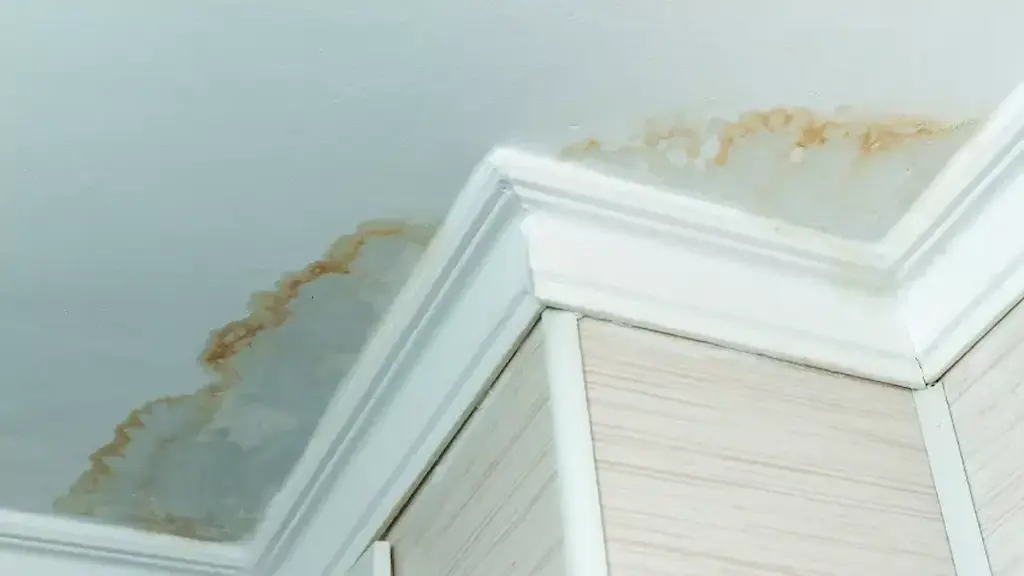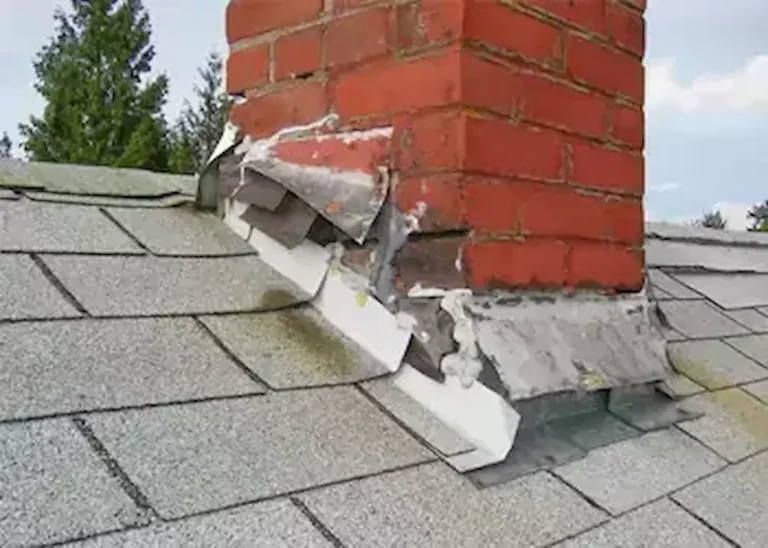A leaking roof is more than just a nuisance—it’s a ticking time bomb for your home’s structure, finances, and health. In 2025, with extreme weather patterns and rising repair costs, ignoring even a small drip can lead to devastating consequences. Let’s break down what you need to know to protect your home.
What Happens When a Roof Leaks?
Water damage from a leaking roof starts quietly but spreads quickly. Within hours, water can seep into insulation, drywall, and electrical systems. By day three, mold spores begin to grow. Here’s how leaks escalate: For more information on storm damage repair, learn more about storm damage repair.
1. Ceiling and Structural Damage
Water pooling in your attic weakens wooden beams and ceiling drywall. Over time, this causes sagging ceilings, stained walls, and even collapse risks. In one case, a homeowner in Alberta faced months of repairs after a leak damaged their bedroom ceiling.
2. Mold Growth and Health Risks
Mold thrives in damp environments, and a leaky roof creates the perfect breeding ground. Musty odors, allergies, and respiratory issues are common side effects. As one adjuster noted, “Wet drywall and insulation can stay damp for months without proper drying”.
3. Skyrocketing Energy Bills
A compromised roof lets heat escape in winter and invites heat during summer. In 2025, inefficient roofs can increase HVAC costs by up to 25%, especially in hot climates like Tucson.
How to Spot a Leaky Roof Early
Don’t wait for water stains! Look for these warning signs:
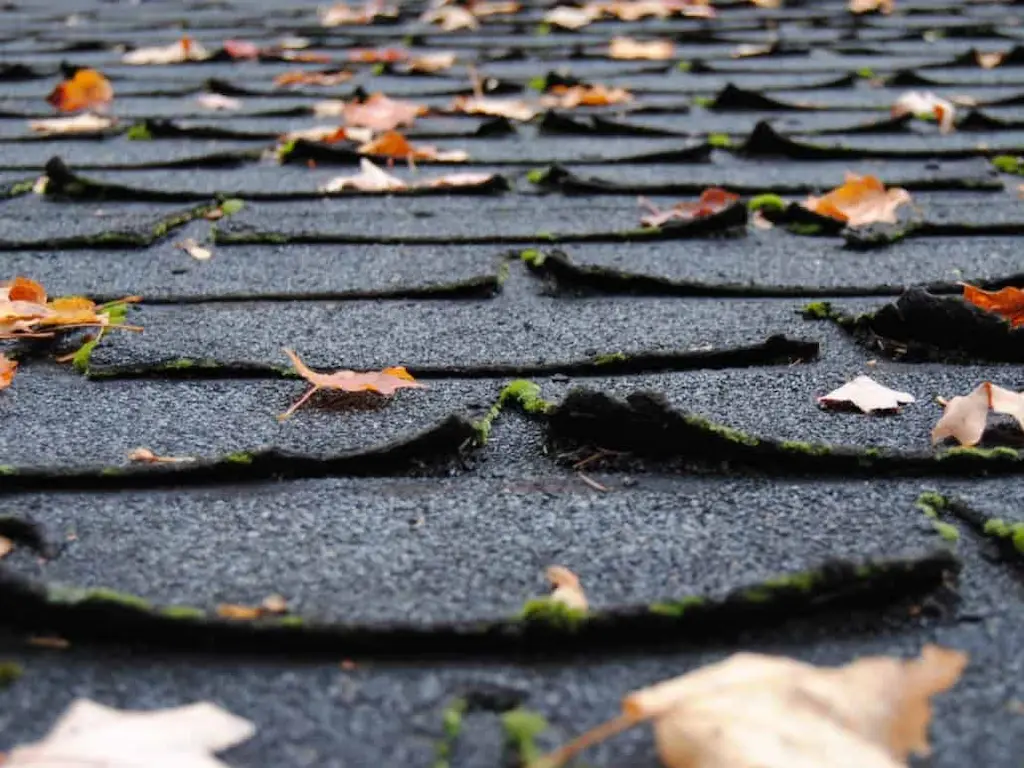
- Curled or missing shingles: Wind can lift shingles without visible tears, allowing rain to seep in check our guide on wind damage signs in Understanding Wind Damage to Roofs..
- Damp attic insulation: Check for soggy spots after heavy rain.
- Peeling paint or wallpaper: Moisture from leaks often causes finishes to bubble.
Temporary Fixes to Minimize Damage
If you discover a leak, act fast to limit harm:
✅ Contain the Water
- Place buckets under drips and drill a small hole in sagging ceilings to drain pooled water.
- Use a wet/dry vacuum to suck up standing water in attics.
✅ Redirect Water Flow
Attach a plastic sheet to your attic rafters to funnel water into a hose or bucket. This DIY “reservoir” can buy time until professionals arrive.
✅ Document Everything
Take photos of damage and repairs for insurance claims. As one Redditor advised, “Your insurer and the condo board’s insurer will need proof”.
see our step-by-step guide on tarping in How to Tarp a Leaking Roof.
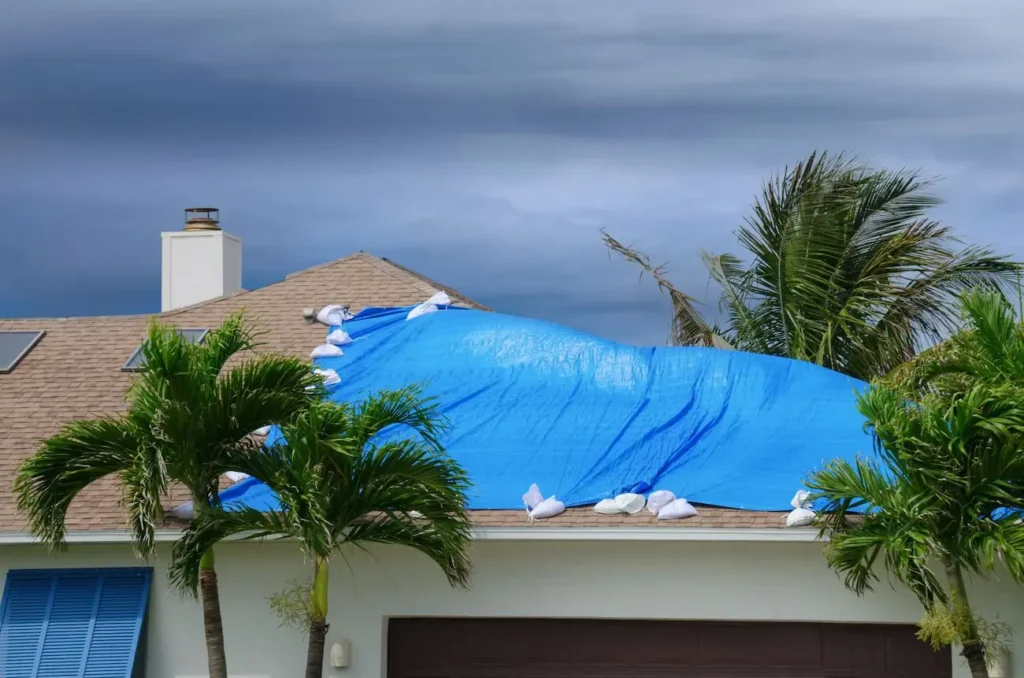
Roof Water Damage Repair: Costs and Steps
Step 1: Identify the Source
Leaks rarely originate directly above visible damage. Use a moisture meter to track water paths. For example, a kitchen flood might trace back to a roof vent 10 feet away.
Step 2: Dry Affected Areas
Professionals use industrial dehumidifiers and air movers. Wet insulation must be replaced—it loses 50% of its R-value when soaked.
Step 3: Repair or Replace Roofing
- Shingle roofs: Replace lifted or cracked shingles. Cost: $150–$400 per square (2025 rates). learn how to fix broken shingles in Fix Broken Shingles.
- Flat roofs: Apply sealant or replace membrane sections.
Who Pays for Repairs? Insurance vs. Out-of-Pocket
Condos and Apartments
- Condo boards typically cover roof leaks and structural damage.
- Your insurance handles personal property damage (e.g., ruined furniture).
Single-Family Homes
- Homeowners insurance usually covers sudden leaks (e.g., storm damage). find out more about insurance coverage in How Much Roof Damage for Insurance to Replace.
- Gradual leaks (from poor maintenance) are often denied.
Preventing Roof Leaks in 2025
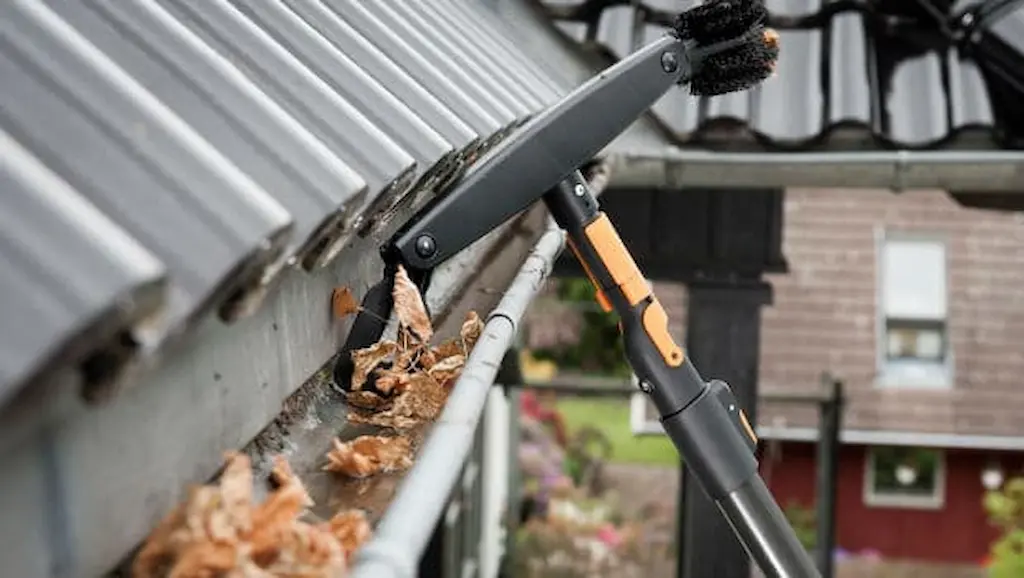
🛠️ Maintenance Tips
- Clean gutters quarterly to prevent ice dams and water backups.
- Inspect flashing around chimneys and vents annually.
- Trim overhanging branches to reduce debris and animal damage.
🌟 Upgrade Your Roof
- Cool roofing: Reflective coatings cut energy bills by 15% in sunny states.
- Impact-resistant shingles: With severe storms increasing, these can lower insurance premiums.
Key Takeaways
- Even small leaks can cost $5,000+ in repairs if ignored.
- Document damage immediately and notify insurers/condo boards.
- Invest in preventive maintenance—it’s cheaper than emergency fixes.
By staying proactive, you’ll keep your roof strong and your home dry in 2025’s unpredictable climate.

